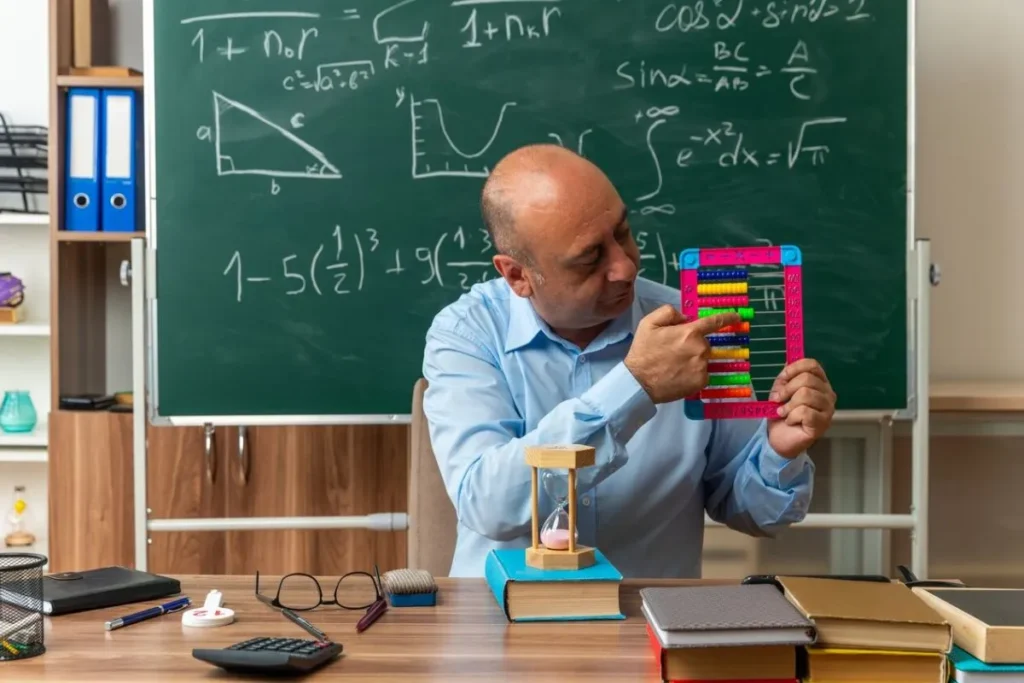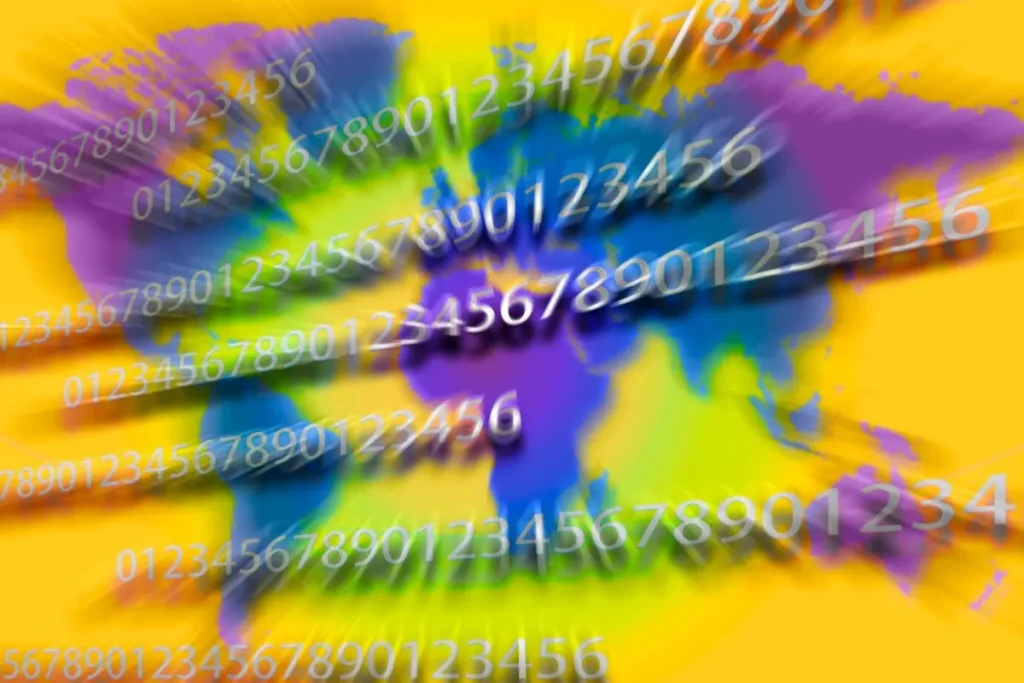Advanced Techniques in Fractal Geometry open the door to a deeper understanding of intricate patterns. Fractals are more than mere art; they embody complex mathematical principles.
These techniques reveal secrets that help us discover how fractals model natural phenomena. From coastlines to clouds, fractals uncover patterns in our world.
This exploration into fractal dimensions and structures can enhance various fields. By delving into advanced methods, we can apply these revelations in technology, art, and science.
What Makes Fractals Special?
Fractal Geometry is built on the idea of self-similarity. This means parts of a fractal resemble the whole, regardless of scale.
This self-similar property is one of the most defining features. It allows for the creation of infinitely complex structures from simple repeated patterns.
Fractals also help us understand phenomena that traditional Euclidean geometry cannot describe. Natural formations often exhibit this property, making fractals vital for modeling.
Self-Similarity in Nature
The concept of self-similarity plays a crucial role in understanding natural patterns. Among the advanced techniques in fractal geometry is the ability to model complex structures like coastlines and mountains using recursive algorithms.
Consider the fractal dimension of a coastline. Unlike a straight line, the measured length of a coastline changes with the scale of measurement. This variability is a hallmark of fractals.
In addition, we find fractals in biological structures. Patterns in trees, rivers, and even blood vessels exhibit this self-similarity. Recognizing these patterns helps in biological modeling.
Mathematical Exploration of Fractal Dimensions
A major part of Advanced Techniques in Fractal Geometry is exploring fractal dimensions. Unlike traditional dimensions, fractal dimensions are fractional, highlighting complexity.
This fractional dimension quantifies the complexity of a fractal pattern. By computing it, one can classify the nature of the fractal, whether it’s a simple line, plane, or more complex form.
Various methods exist to measure fractal dimensions, such as the box-counting method. These techniques help quantify self-similarity and complexity in both natural and artificial systems.
Advanced Techniques in Fractal Geometry: Deeper Insights
To dive deeper, we need to understand the secrets revealed by Advanced Techniques in Fractal Geometry. One such technique is the use of iterative functions and algorithms.
These iterative processes generate fractal patterns by repeating a simple equation. This is fundamental in creating the Mandelbrot set, a well-known fractal that showcases infinite detail.
Exploring these iterations allows us to generate a variety of fractals. Different functions and parameters create different visual and structural outcomes.
Complex Structures through Iterative Functions
Iterative functions are key in producing intricate fractal patterns. The Mandelbrot set, for instance, is generated by iterating the complex quadratic polynomial.
The beauty of such sets lies in their detail. Zooming into a Mandelbrot fractal reveals endless complexity, a feature that traditional mathematical models lack.
By tweaking the initial parameters, one can obtain various unique patterns. This makes iteration a powerful tool in exploring the breadth of Fractal Geometry.
Revealing Hidden Patterns
Among the fascinating aspects of Advanced Techniques in Fractal Geometry is the ability to reveal hidden patterns. When dealing with real-life data, fractals can describe seemingly chaotic systems.
For example, fractals model stock market fluctuations with surprising accuracy. This is due to the self-similar nature of these patterns, found in financial data over different time scales.
Moreover, in medicine, fractal analysis can detect abnormalities in heartbeats. Recognizing these hidden patterns can significantly impact diagnostics and treatment planning.
Applications and Implications
The practical applications of Advanced Techniques in Fractal Geometry extend across various industries. These techniques unlock potential in technology, environmental science, and medical imaging.
In technology, fractal antennas enhance signal reception. Their self-similar design allows for multiple frequency bands, improving communication device performance.
Fractals in environmental science help model natural landscapes. By understanding fractal patterns in ecosystems, conservation efforts become more effective.
Art and Design Inspiration
Fractals inspire artists and designers worldwide. The infinite complexity of fractal patterns provides a rich source of creativity.
Digital art often incorporates fractal designs. These intricate patterns offer unique visuals, making fractal art a contemporary art form.
Architects also use fractal concepts in building designs. Fractal patterns in architecture create aesthetic structures that resonate with natural forms.
- Fractal Art: Digital and Traditional
- Architectural Designs Reflecting Natural Patterns
- Interactive Art and Installations
Future Prospects and Research
The exploration of fractals is far from complete. Ongoing research aims to uncover more applications and refine existing techniques.
Researchers continuously discover new fractal forms. Each discovery leads to advancements in various scientific and engineering fields.
Collaboration between disciplines is essential. Mathematicians, engineers, and artists must work together to harness the full potential of fractal geometry.
Expanding Horizons with Fractals
Understanding and applying Advanced Techniques in Fractal Geometry opens up vast possibilities. These concepts are more than theoretical; they have practical, real-world benefits.
They enhance our ability to model and understand complex systems. This deeper knowledge impacts industries ranging from technology to ecology.
Thus, the study of fractals isn’t just about abstract mathematics. It’s about using these insights to innovate and solve real-world problems.
Summary and Next Steps
Overall, Advanced Techniques in Fractal Geometry reveal hidden patterns and complex structures. Self-similarity and fractal dimensions are key concepts.
Applications are diverse, ranging from technology to art. The iterative function is a fundamental tool for generating fractal patterns.
To stay informed on future developments, consider collaborating with experts. Engage in multidisciplinary research to explore new fractal applications.
Frequently Asked Questions
What is fractal geometry?
Fractal geometry explores complex patterns that are self-similar across different scales. These patterns are found in both natural and artificial systems.
How do fractals apply to technology?
Fractals enhance technology, particularly in antenna design. Their self-similar structure supports multi-frequency operation, improving device performance.
Can fractals be used in medicine?
Yes, fractals help in medical imaging and diagnostics. For example, fractal analysis of heart rhythms can detect abnormalities.
Why are fractals important in art?
Fractals provide a unique source of inspiration for artists. The infinite complexity of fractal patterns allows for creative and intricate designs.
What are iterative functions?
Iterative functions repeatedly apply a simple equation to generate complex patterns. They are fundamental in creating well-known fractals like the Mandelbrot set.




